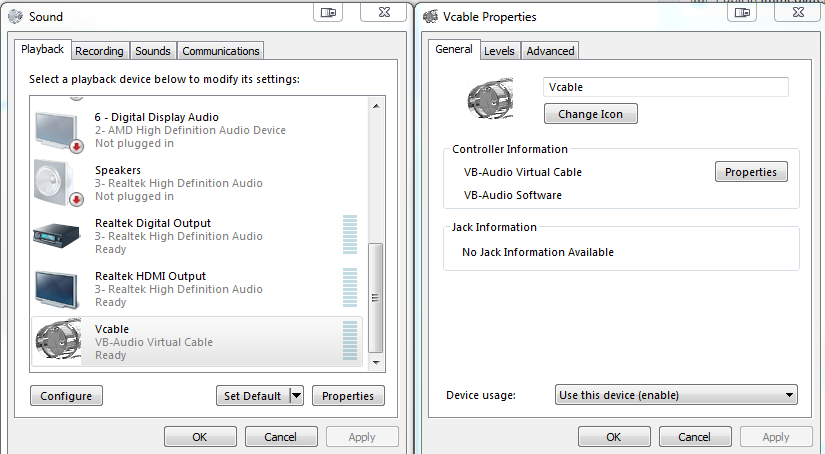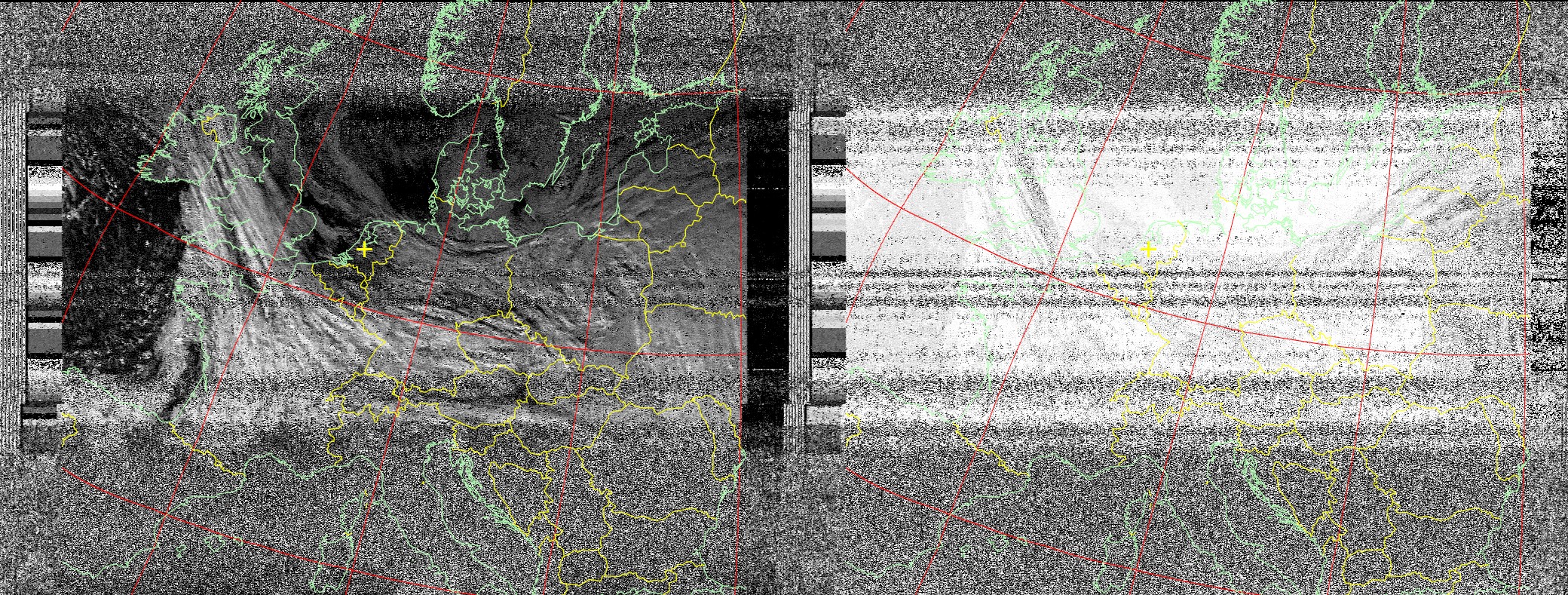
Instruments Īll of the instruments are located on the ESM and the IMP. The spacecraft structure consists of four components: 1° the Reaction System Support (RSS) 2° the Equipment Support Module (ESM) 3° the Instrument Mounting Platform (IMP) and 4° the Solar Array (SA). The NOAA-18 Advanced TIROS-N spacecraft is based on the Defense Meteorological Satellite Program (DMSP Block 5D) spacecraft and is a modified version of the ATN spacecraft (NOAA 6-11, 13-17) to accommodate the new instrumentation, supporting antennas and electrical subsystems. The polar orbiting system complements the NOAA/NESS geostationary meteorological satellite program ( GOES). The goal of the NOAA/NESS polar orbiting program is to provide output products used in meteorological prediction and warning, oceanographic and hydrologic services, and space environment monitoring.

NOAA-18 was in a afternoon equator-crossing orbit and has replaced the NOAA-17 as the prime afternoon spacecraft. NOAA-18 was launched by the Delta II launch vehicle on at 10:22:01 UTC from Vandenberg Air Force Base, at Vandenberg Space Launch Complex 4 (SLW-4W), in a Sun-synchronous orbit, at 854 km above the Earth, orbiting every 102.12 minutes. 3.8 ARGOS Data Collection System (Argos DCS-2).3.7 Search and Rescue Satellite Aided Tracking System (SARSAT).3.6 Solar Backscatter Ultraviolet Radiometer (SBUV/2).3.3 Advanced Microwave Sounding Unit (AMSU-A).3.2 High Resolution Infrared Sounder (HIRS/4).


Search and Rescue Satellite-Aided Tracking System Computer-generated image of NOAA-18 in orbit


 0 kommentar(er)
0 kommentar(er)
